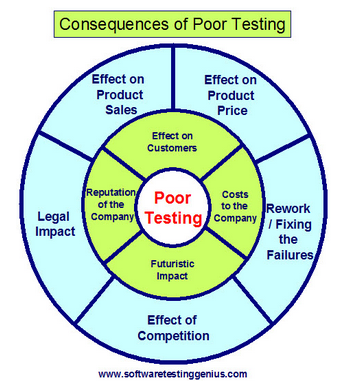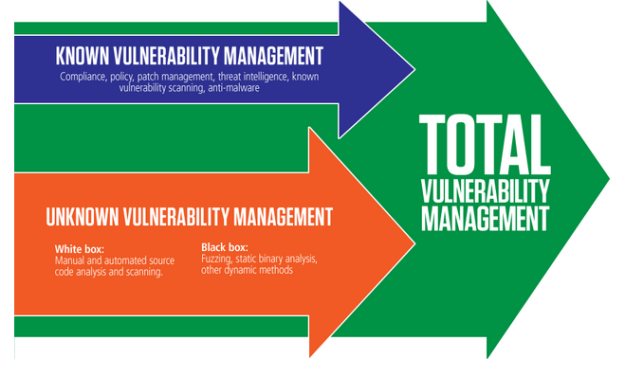Most software development companies don’t start with a fresh idea of there own and see it through to the end. In many cases a client will contact a development software company with and idea for a project the would like built to fill a certain need of theirs. In this type of situation there must be communications between the client and the development team. Most of the time the developers themselves wont have specific knowledge in the area of the new software.
This process starts with getting the client to form a set of requirement and expectations. This process can be aided by the developer by asking questions to clarify what the client is looking for. Even with a great plan and list of what the client is looking for it the final program doesn’t always do what is really wanted.
I have seen this first hand working a a small Internet company. There has been several times the owner of the company has gone to the development team with and idea. As a team they listen to what the owner is looking for and repeat their interpretation of it. They continue this back and forth until both side are satisfied. The development team then works to produce the discussed program. After the program is complete the final product is presented to the owner. Usually everything is all set but in some cases the response is “this doesn’t do what I want it to”.
There are several reasons that can lead to situations like this. First is an unreal expectation. Some projects are to complex or just not feasible. Some times it is because the client didn’t, themselves, really know what they wanted. Other times it is because the developer didn’t understand the requirements completely.
In any case, the situation could benefit for acceptance testing along the way. As the development team starts to develop starts to produce a product they can go back to the client and show them the current status to ensure it is what they are looking for. On method that would help is the use of Wireframes. I have written about this is a previous article. https://rmurphy12blog.wordpress.com/2016/10/29/wireframe-testing/


From the blog CS@WSU – :(){ :|: & };: by rmurphy12blog and used with permission of the author. All other rights reserved by the author.


